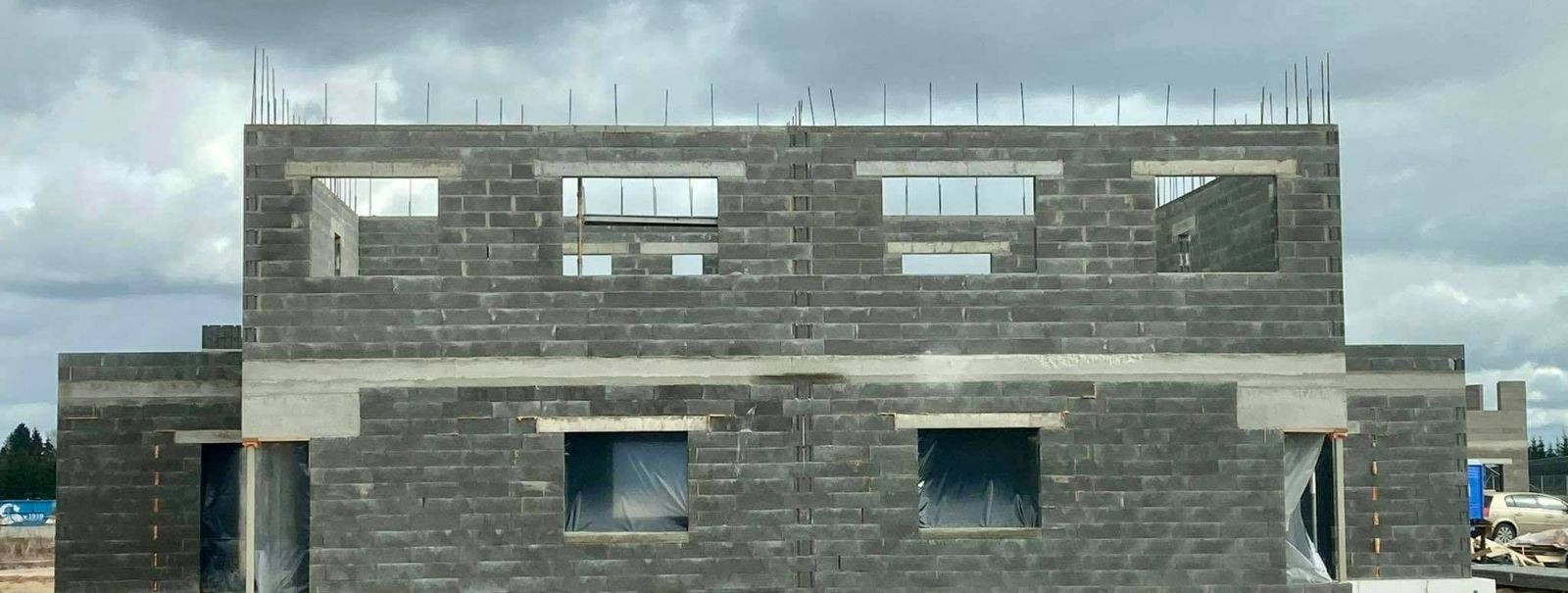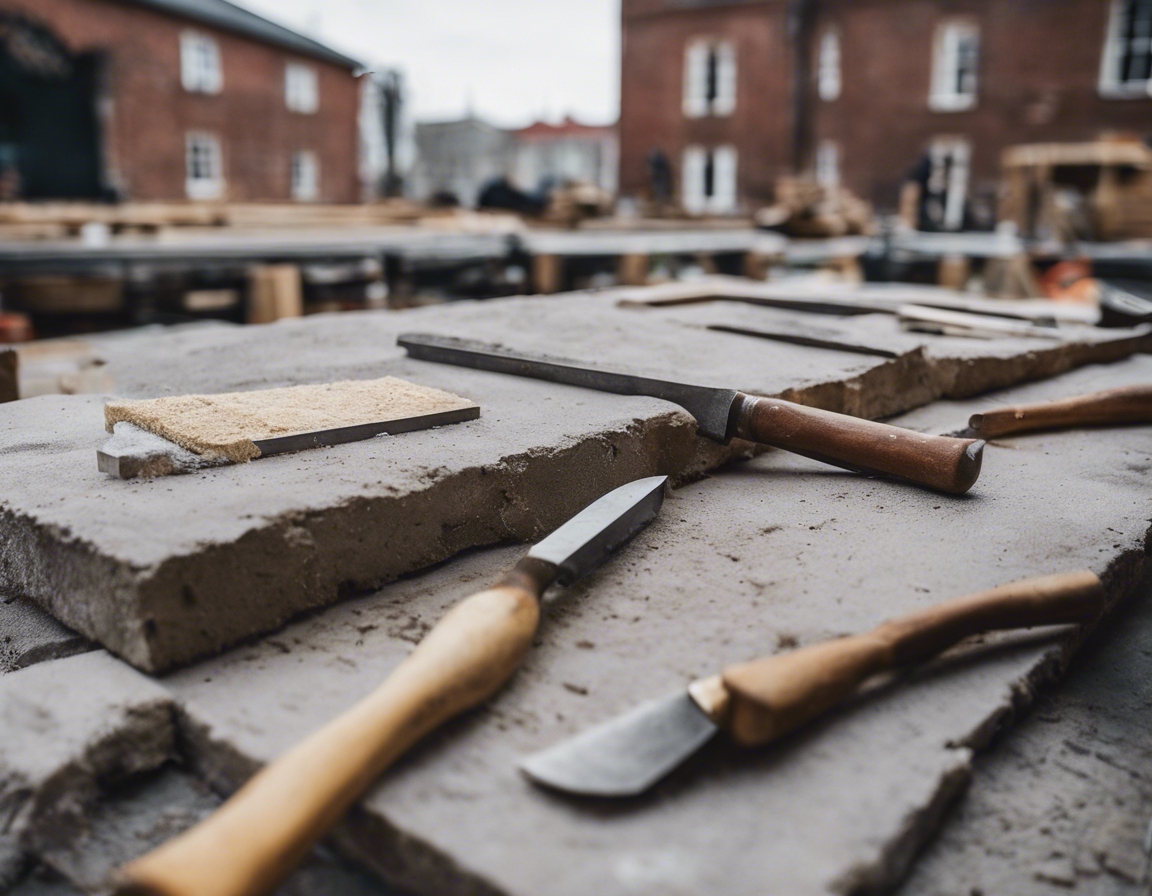The art of masonry: timeless techniques
Masonry is one of the oldest forms of construction known to humans, with evidence of its use dating back to ancient civilizations. It involves the building of structures from individual units of material, which are often laid and bound together with mortar. The historical significance of masonry is monumental, with structures like the Pyramids of Giza and the Roman Colosseum standing as testaments to its durability and timelessness.
Over centuries, masonry techniques have evolved, adapting to the needs of the time while maintaining the core principles of strength, durability, and beauty. From the dry-stacked stone walls of ancient times to the intricate brickwork of the modern era, masonry has continued to play a crucial role in the development of human habitats.
The Core Principles of Masonry
Success in masonry relies heavily on the understanding of materials used. Natural stone, brick, and concrete blocks are the most common materials, each with unique properties that dictate their use in construction. Knowledge of these materials' strengths, weaknesses, and aesthetic qualities is essential for any mason.
Design and planning are critical stages in masonry. They involve not only the aesthetic aspects but also structural integrity. Proper planning ensures that the masonry structure will be both visually pleasing and capable of withstanding the test of time.
Traditional Masonry Techniques
Stone masonry is one of the most enduring forms, characterized by the use of natural stone and the skill of the mason to select and shape the stones to fit together perfectly. This technique has been used to build castles, cathedrals, and countless other structures throughout history.
Brick masonry is another traditional technique that offers a different aesthetic and structural properties. Bricks can be laid in various patterns, creating different visual effects and structural strengths. The art of laying bricks is known as bricklaying, and it requires precision and skill.
Concrete block masonry is a more modern technique that uses larger blocks of concrete. It is valued for its efficiency and uniformity, making it a popular choice for commercial and industrial buildings.
Modern Innovations in Masonry
The field of masonry has seen significant advancements in materials, with the development of lighter, stronger, and more sustainable options. These new materials have expanded the possibilities of what can be built, allowing for greater creativity and innovation in masonry work.
Today's masonry techniques also focus on energy efficiency and sustainability. The thermal mass properties of masonry materials make them excellent for regulating indoor temperatures, contributing to more energy-efficient buildings.
Masonry in Restoration and Renovation
Restoration and renovation of historical masonry structures present unique challenges. Matching the old materials and techniques requires a deep understanding of traditional methods and a delicate touch to preserve the integrity of the original work.
Modern masons use a variety of techniques to restore historical buildings, from sourcing similar materials to employing traditional tools and methods. The goal is to maintain the authenticity of the structure while ensuring its stability and longevity.
Masonry as an Art and Craft
The aesthetic appeal of masonry lies in its versatility and the skill of the mason. From the simplest wall to the most elaborate facade, masonry can be both functional and beautiful.
Despite the advancements in technology, the essence of masonry remains an art form that requires craftsmanship. Preserving these skills is crucial for maintaining the quality and integrity of masonry work, ensuring that it continues to be a sought-after trade.






Comments (0)